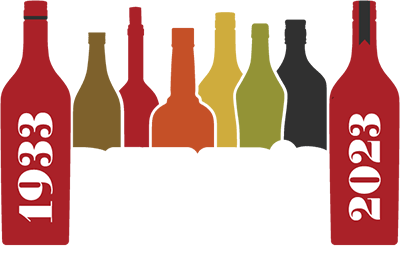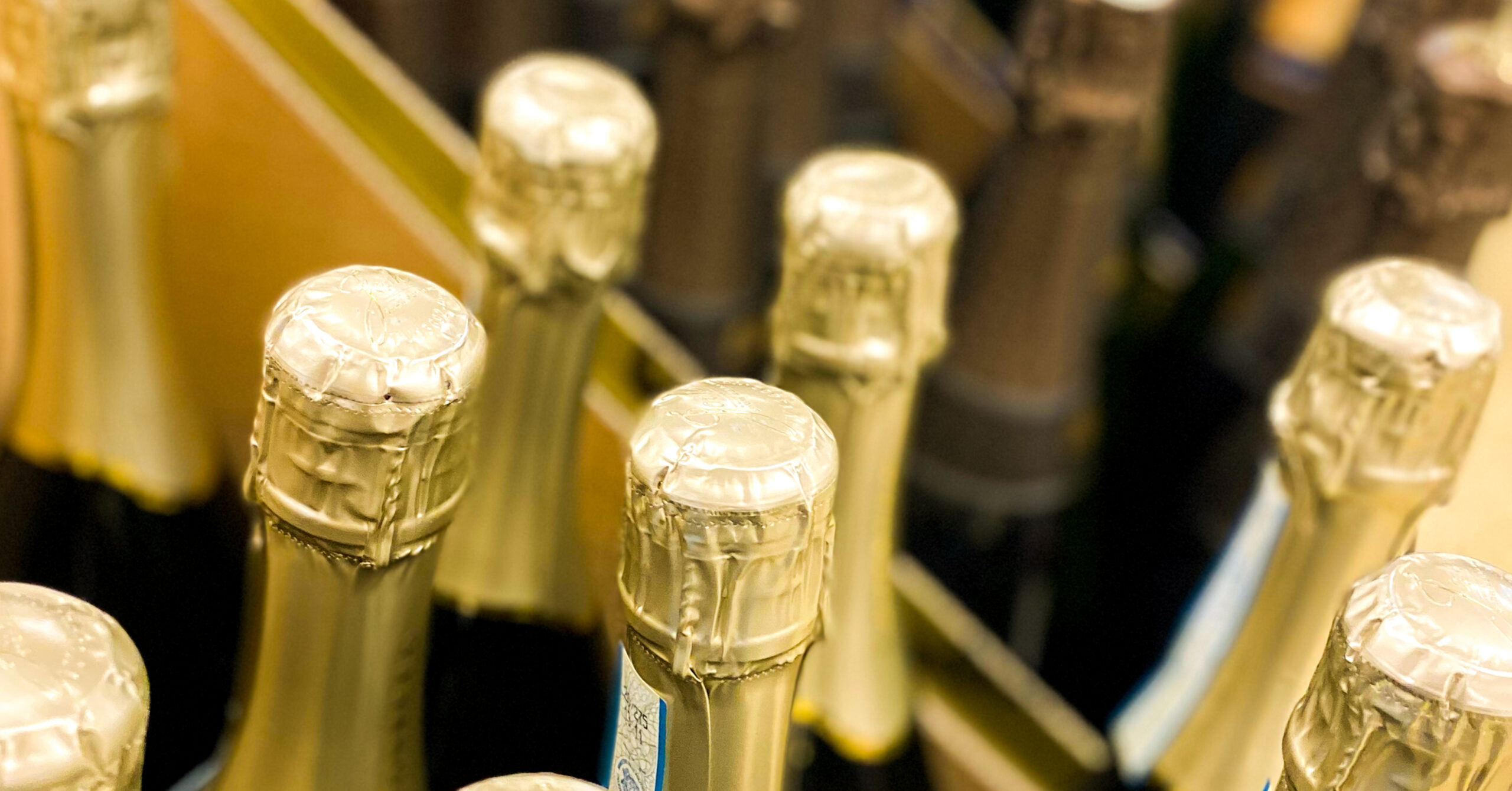A Little History on Sparkling Wine
There’s a reason champagne is one of the most popular celebratory beverages – it’s just special. From the pop of the cork to the swirling bubbles, it can transform something like a simple picnic into an event.
But what makes champagne champagne?
For most sparkling wines to be called champagne they must be produced in the Champagne region of France, which is in the northeastern part of the country (but there is a loophole that we’ll get into a little later). The use of this language is legally enforceable by the European Union as a Protected Designation of Origin, and since most wineries try to avoid being sued by the E.U., misuse of the term is rare.
The grapes most commonly used to produce champagne are a combination of Pinot Noir, Chardonnay, and Meunier, and the chalky, well-drained soil of the region give champagne a unique mineral flavor that champagne aficionados adore.
For any wine, fermentation is required to created alcohol content. A second fermentation introducing more sugar creates the carbon dioxide needed to produce bubbles, and this can take place in a tank or in bottles. For the traditional method used to make champagne, the second fermentation takes place in the bottle, not in a tank. The bubbly must then be aged for a minimum of 15 months.
Now, about that loophole…
Back in 1917, when the Treaty of Versailles ending World War I was signed, there was a provision forbidding the use of certain terms (such as champagne) outside of its region and production method. Although the United States signed the treaty, it was never ratified by Congress, thus allowing American producers to use terms such as champagne and sherry. Were the European producers worried? No, because Prohibition was set to quash American wine and liquor production.
Well, we all know how well Prohibition worked out, so fast forward to the 2000s, when the American wine industry was flourishing and greatly upsetting European producers. Trade talks ensued, and eventually it was agreed that any American producer who had used the term “champagne” prior to March 10, 2006 could continue to use it. If a vineyard started to produce bubbly after this date, they could not legally market it using the term champagne.
And market their products they did. Among the most popular not-champagne champagnes are:
Moscato d’Asti: sweet and very gently fizzy, this is made with Italian Moscato Bianco grapes. Its sweetness makes it easily palatable to those who are new to sparkling wines (or wine in general).
Prosecco: another sparkling wine that is governed by a DOC (Controlled Designation of Origin), and so must be produced according to certain specifications, including the percentage of Glera grapes that must be used and the regions designated to produce it.
Cava: this wine’s DOC dictates that it must come from Spain’s Penedés region and is made from Xarel-Lo, Parellada, and Macabeu grapes. Cava is produced in much the same manner as French champagnes.
Crémant: these are French sparkling wines produced outside of the Champagne region, although often using the same process. Each variety is labeled according to the location in which it was produced, which also dictates which grapes are used.
This is a very simplified version of what goes in to making bona fide champagne. The art and science of champagne production is fascinating, and there are numerous books dedicated to the subject if you’re interested in the whole culture surrounding champagne and sparkling wines. Don’t forget that you can shop our selection of champagnes and sparkling wines in store or online so you can taste for yourself. Cheers!











